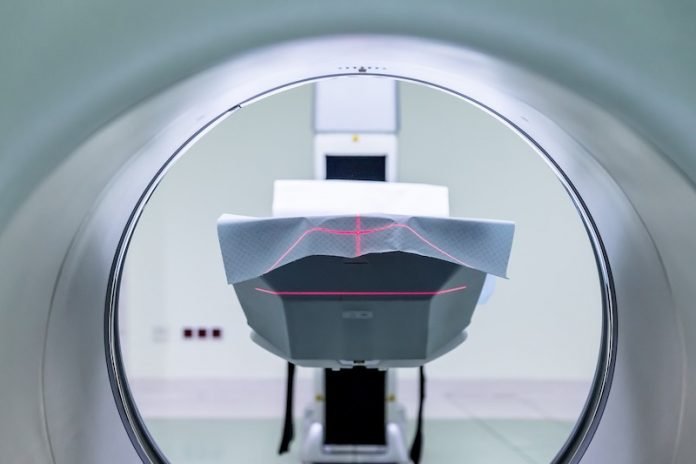
In a new study, researchers found that the presence of beta-amyloid plaques in the brain may be a hallmark of Alzheimer’s disease, but an amyloid PET scan is not an effective method for measuring their cognitive function and Alzheimer’s disease.
They found that fluorodeoxyglucose (FDG) PET is a better way to test the progression and severity of Alzheimer’s and mild cognitive impairment (MCI).
FDG-PET measures the brain’s glucose consumption as a marker of neural activity.
The research was conducted by a team from the University of Pennsylvania and Thomas Jefferson University.
Alzheimer’s disease, the most common cause of dementia, is the sixth leading cause of death in the United States, affecting up to 5.8 million Americans currently.
As clinicians aim to spot and treat the symptoms of dementia in its earliest stages, PET plays an increasingly pivotal role in diagnosing and monitoring Alzheimer’s disease, as well as MCI, a condition that often precedes dementia.
Two of the most important biomarkers found in Alzheimer’s are decreased glucose uptake and the accumulation of amyloid plaques in the brain.
PET scans use different radioactive drugs, called radiotracers, to measure these biomarkers within the brain tissue of patients with cognitive impairment.
FDG-PET is one of the most commonly used imaging techniques to diagnose Alzheimer’s.
However, in recent years, other radiotracers such as florbetapir have been developed to detect the deposition of amyloid plaques.
Previous research had shown both florbetapir-PET and FDG-PET are approved diagnostic methods for Alzheimer’s disease, and both appear to be effective in indicating some sort of cognitive impairment.
In the study, the team evaluated 63 individuals, including 19 with clinically diagnosed Alzheimer’s disease, 23 with MCI, and 21 healthy individuals.
They found florbetapir-PET scans, which reveal amyloid protein deposits in the brain, is also a better means for determining the effectiveness of Alzheimer’s therapies.
The method could also track patients’ disease advancement, in both clinical and research settings.
The findings support the notion that amyloid imaging does not reflect levels of brain function, and therefore it may be of limited value for testing patients with cognitive decline.
The team says amyloid imaging has a value in diagnosing or ruling out Alzheimer’s disease, but it cannot differentiate between someone who had very mild or very severe symptoms.
An FDG-PET scan, rather than using amyloid as a marker, may help find out whether the therapy is working.
The lead author of the study is Abass Alavi, MD, Ph.D., a professor of Radiology at Penn.
The study is published in the Journal of Alzheimer’s Disease.
Copyright © 2019 Knowridge Science Report. All rights reserved.



